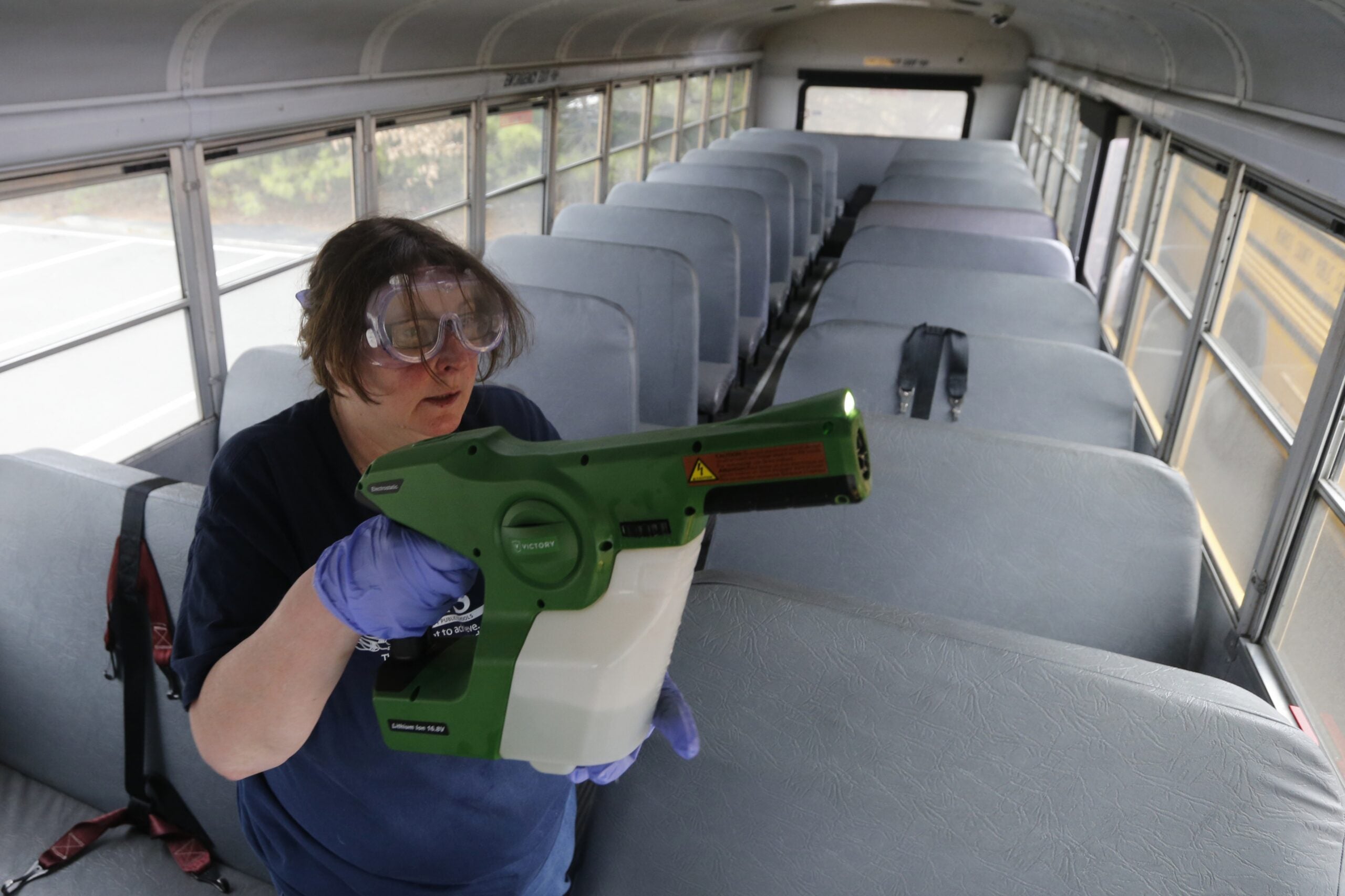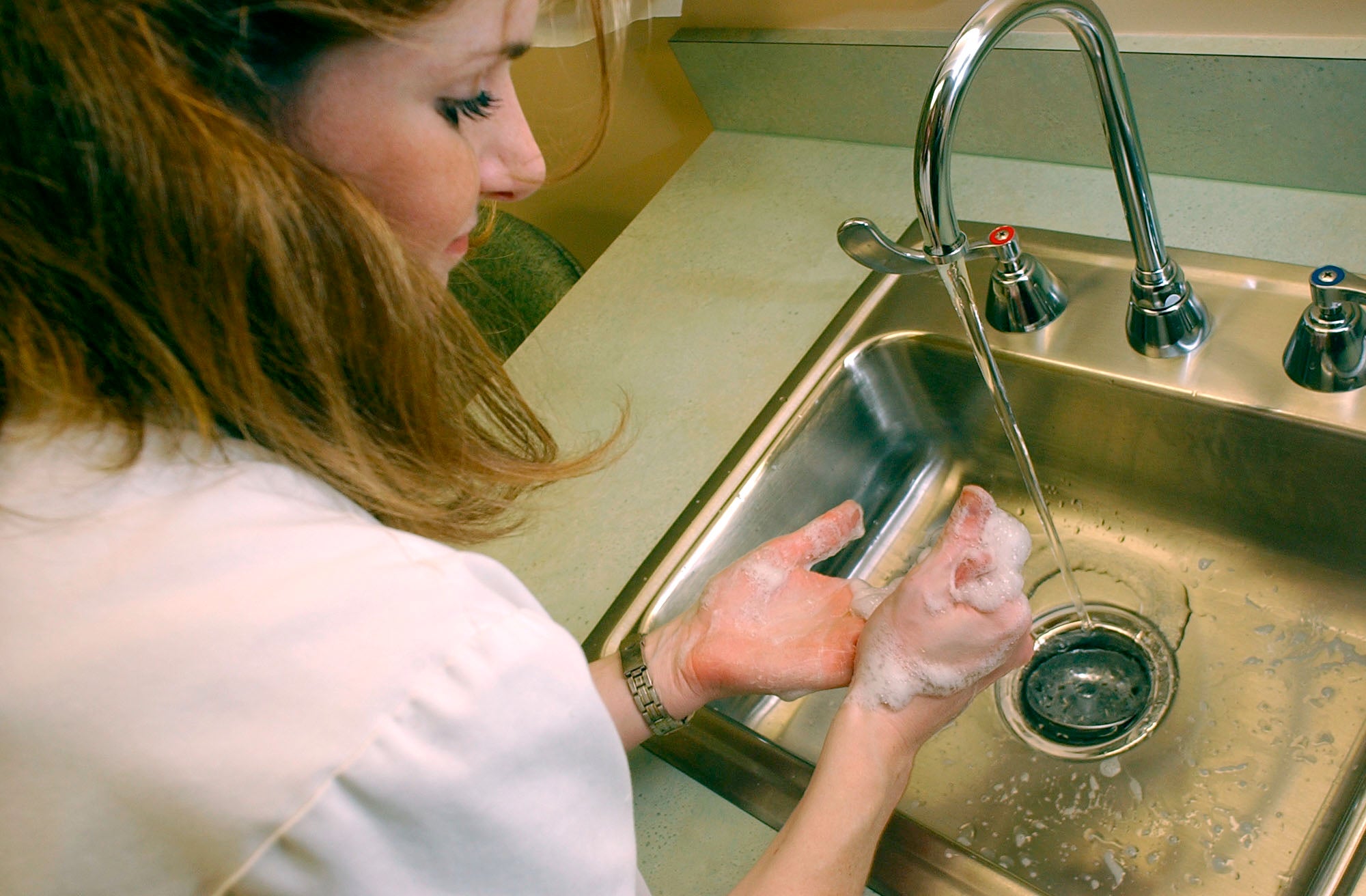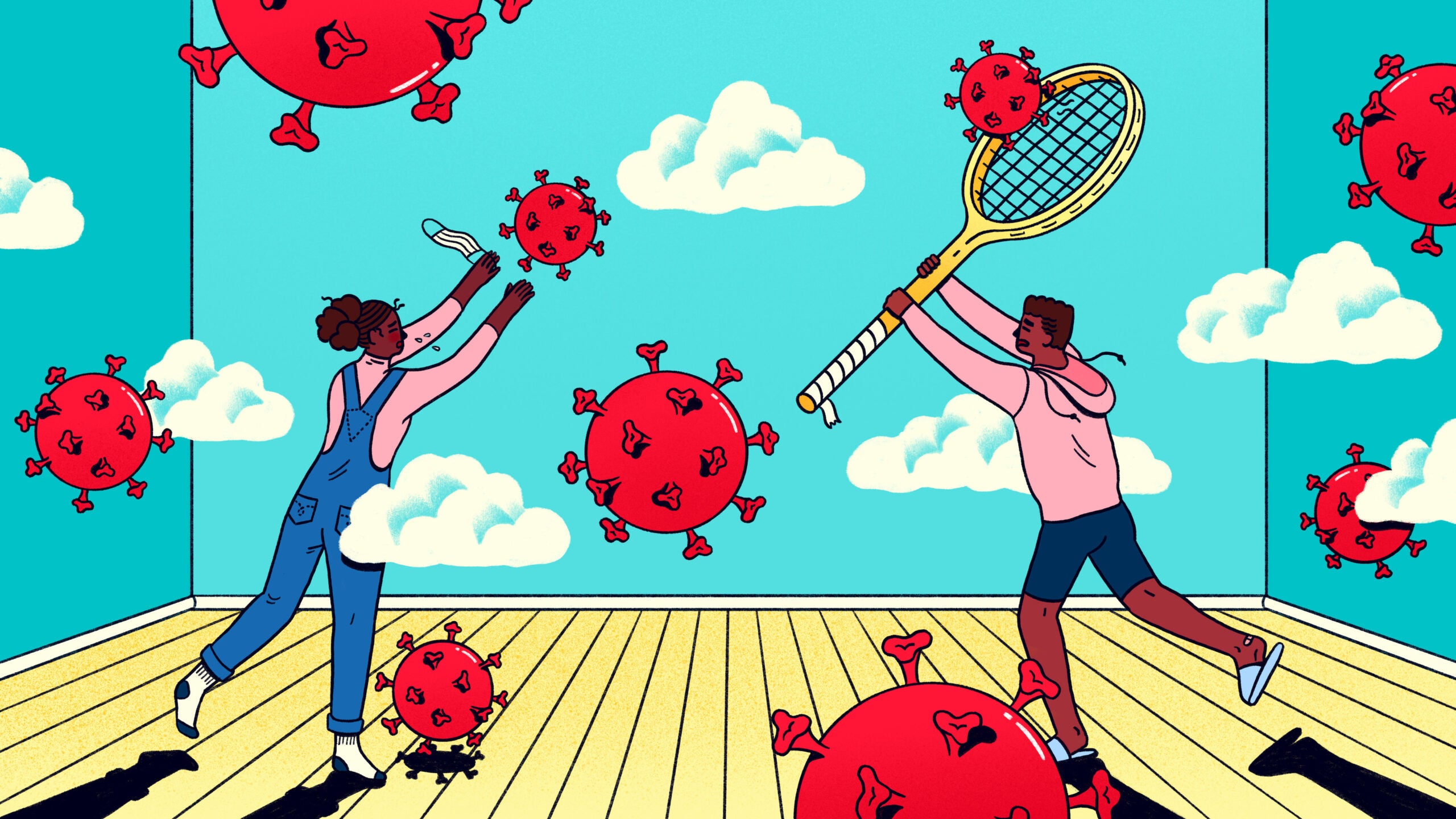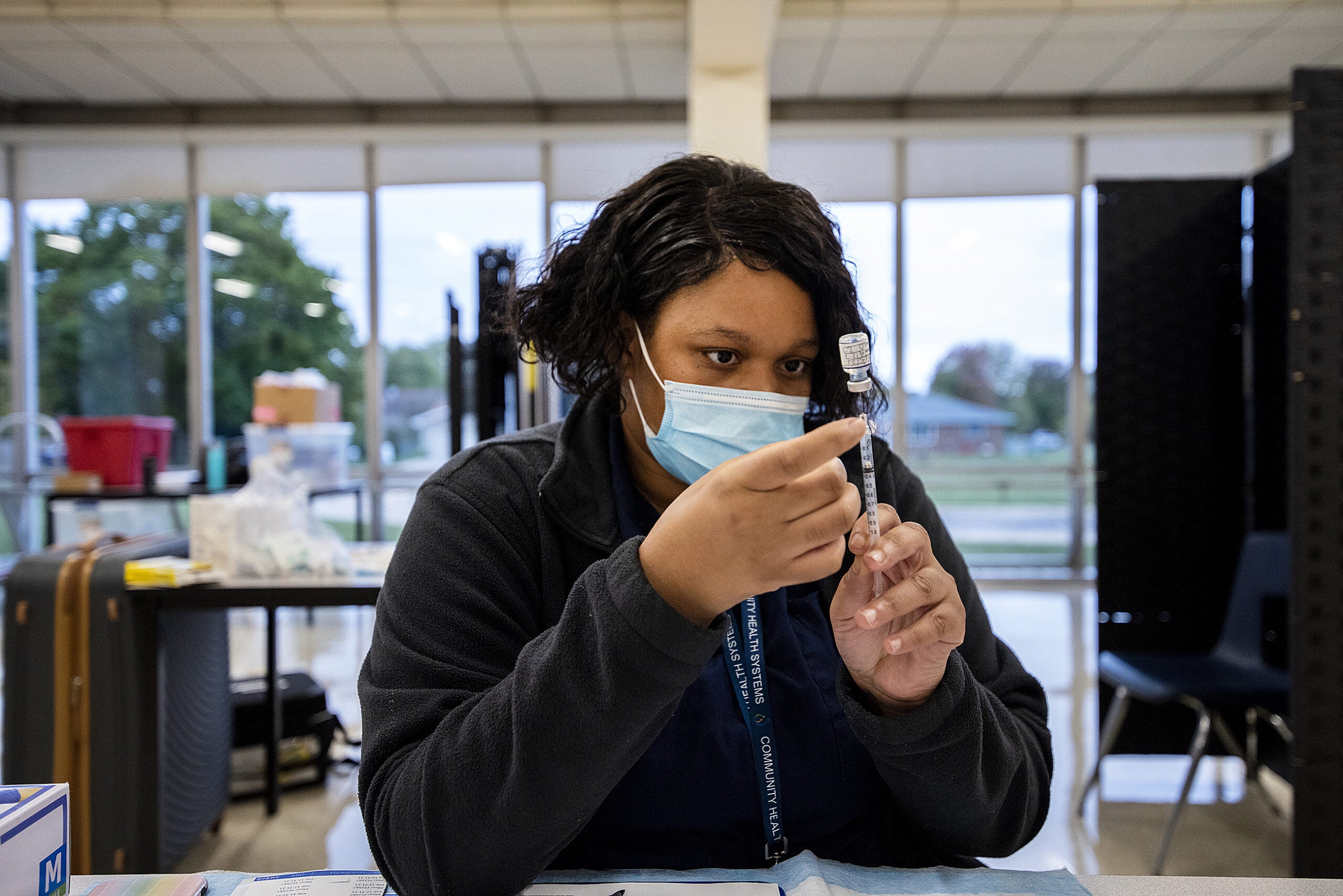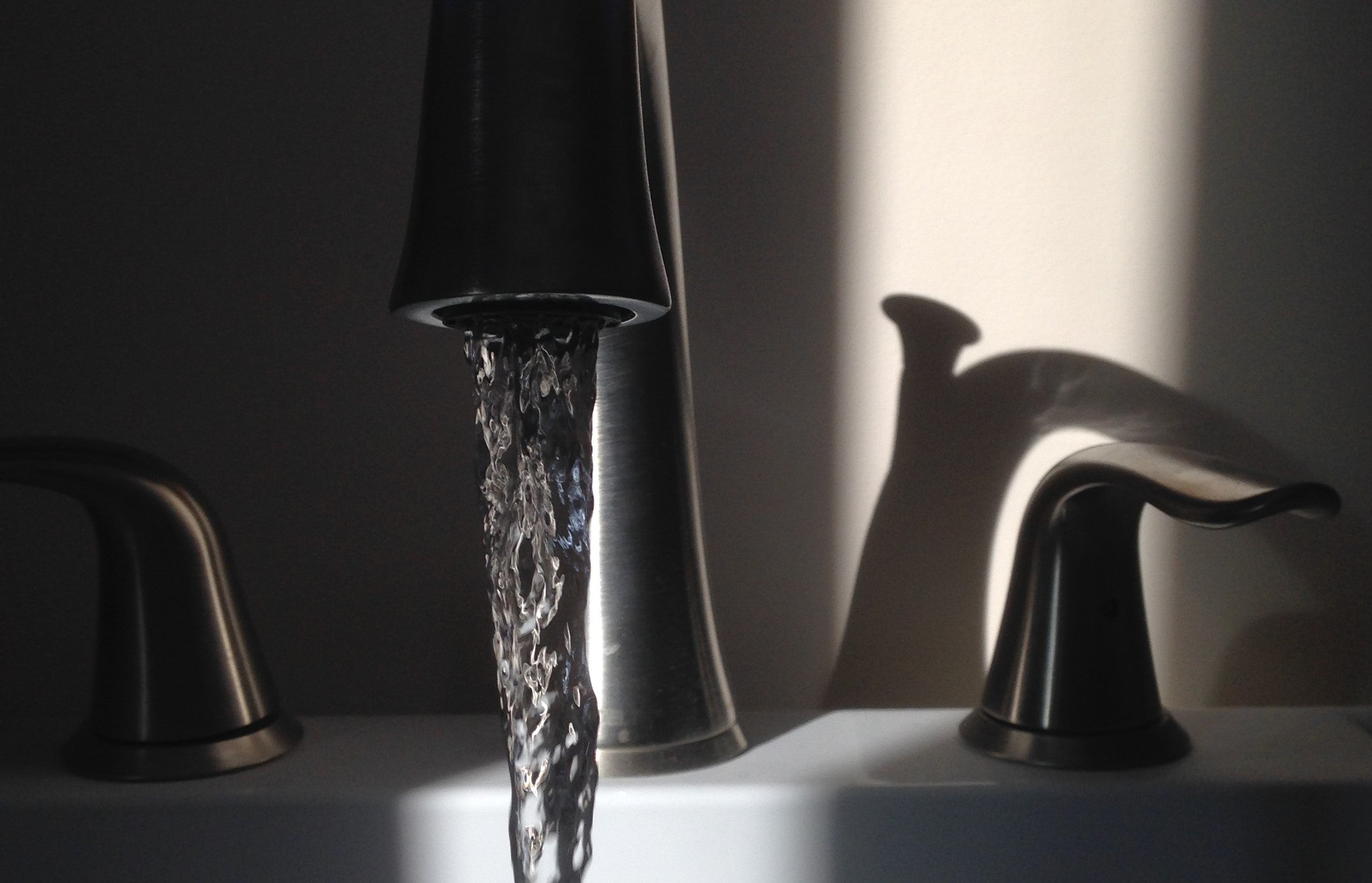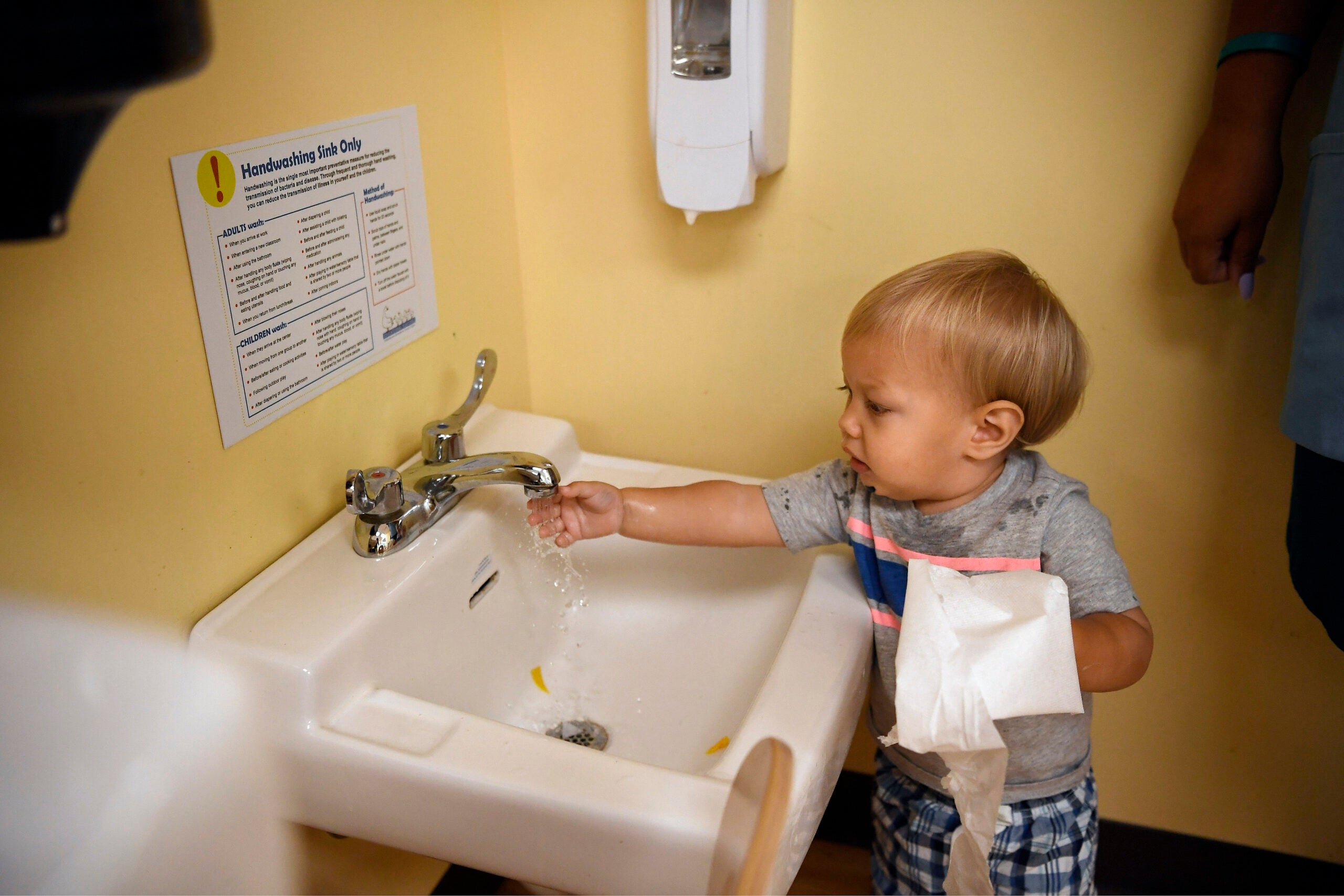As much as it might feel like it, the novel coronavirus and the disease it causes, COVID-19, isn’t hunting you. Technically, it’s not even alive, but it is able to replicate itself once it cozies up to a host.
If you stumble upon enough of it, you could end up playing that part.
Many of you reached out to WHYsconsin asking about COVID-19’s viability, and knowing where the virus hangs out and how long it can stay viable is important.
Stay informed on the latest news
Sign up for WPR’s email newsletter.
For starters, according to research from the National Institute of Health, conducted by National Institute of Allergy and Infectious Diseases’ researchers at Rock Mountain Laboratories in Montana, viable SARS-CoV-2, the virus that causes COVID-19, was detectable for at least three hours in aerosols; four hours on copper; 24 hours on cardboard; and two to three days on plastic and stainless steel, though the amount of virus present in both was reduced by 99 percent after 24 hours.
But we wanted to know more, so WPR’s Elizabeth Dohms-Harter spoke with Dr. Nasia Safdar, medical director of infection prevention at UW Health, and Christopher Olsen, director of graduate, professional and capstone certificates in global health at UW-Madison, to answer some of those questions.
This interview has been edited for brevity and clarity.
Q: What are the variables for how long the virus stays on certain surfaces?
Dr. Nasia Safdar: It depends on how wet the environment is. It tends to dry up pretty quickly. That’s one reason why, in the case of a confirmed COVID-19 case, the recommendation is not to rush in to clean that right away, but actually to leave the room be for a little bit so the viral particles can dry out and be less infectious. Then, the individual can go in and clean. So a few days, I would say is the best we can say, but it’s not a few weeks, by any means.
Christopher Olsen: Studies which indicate that a virus can be isolated off surfaces doesn’t automatically mean a person could get infected from that surface. Not only must a virus be present and viable, there must be enough of it to start an infection.
Also, keep in mind that the studies of virus viability on surfaces are done under highly-controlled and optimized laboratory conditions and aren’t likely reflective of reality under natural conditions in the world. Some examples are a lack of sunlight, temperature or humidity variations, abrasions to surfaces, etc.
These are very important points for people to realize when they hear a statement like “the virus can survive for nine days on a surface.”
Q: There’s no specific data on how the virus acts on clothes, but how can we take precautions?
NS: Embrace some best practices. You don’t want to be hugging the laundry; the laundry basket should be at arm’s length from you. The recommendation is to wash your clothes in the hottest water temperature that you can. Consider using a bleach-based detergent, as well.
Q: What should we be using to kill the virus on surfaces?
NS: Lysol, bleach, any household disinfectant will work. If you’re really in a pinch, hot, soapy water works just as well. Follow the manufacturers’ instructions for using bleach. You don’t have to have a high amount of it to kill the virus. This is not a particularly hardy virus to get rid of from the cleaning standpoint.
Q: Is there anything we can do about mail?
NS: You can’t clean that, but what you can do is avoid practices where you’re tearing open an envelope with your teeth or you’re using your mouth in some way to tear open packaging. Hand hygiene after touching mail will protect the vast majority of people from anything that’s on the mail. If you have a confirmed case of COVID-19 in the house and there might have been touching or coughing or sneezing on those papers, it’s best to bag them up and leave them alone for several days until the virus has dried up.
Q: Is this virus airborne?
NS: It lives in large droplets of secretions, so in a sneeze for instance, it’s going to remain suspended in the air for some time, but because these particles are heavy, they will fall to the ground. So it isn’t the same as other airborne things where the air itself is transmitting the particles because they’re so small that they remain suspended for a long time.
These are large droplets, and that’s why the 6-foot distance is effective. Normally, that’s how far a sneeze would travel. That being said, wait a few minutes before walking right where someone else has just sneezed. The particles are likely to stay suspended for a few minutes.
We’re not saying that you have to avoid all human contact, for instance that you shouldn’t go grocery shopping. We’re asking people to be mindful of maintaining some distance from your fellow human beings. But sometimes I think people will take it to a great degree and that’s not necessary.
CO: Experimental aerosolization of the virus is not equivalent to transmission between people. This virus is thought to be primarily transmitted in large droplets from the respiratory tract, such as those produced by coughing and sneezing, not true aerosol transmission.
This is the basis for the 6-foot separation advice — large droplets settle out to the floor within a few feet, whereas viruses truly aerosolized could travel much farther “in the air.”
Q: Should we be wearing gloves and masks when we’re shopping or out and about?
NS: No, it’s not a recommendation that the general public wears masks, and nor are gloves necessary. Hand hygiene is necessary before you touch carts and baskets and so on. Ideally, if people take their own bags, that’s probably the best thing to do. In the cue, when you’re lining up, it’s better to have some distance between people.
Q: What over-the-counter medications should we be using to help with mild symptoms?
NS: The main thing for these respiratory viruses for people with mild symptoms is rest, hydration and nutrition. Those are the cornerstone for everything and people will typically recover in a couple days and feel fine. If they have fever or muscle aches — which are not uncommon with COVID-19 or flu — Tylenol is probably the safest thing to take in the recommended dosage. A decongestant is fine for people with congestion. But the vast majority of people not need go this route. They just have to ride it out for a few days, and they’ll recover.
Q: Is it safe to be in indoor swimming pools?
NS: I don’t think it’s necessarily unsafe from the standpoint of the pool itself, but I worry about people who might be coughing or sneezing next to you while in the pool. So I think it’s probably not a great idea in general.
This story came from an audience question as part of the WHYsconsin project. Submit your questions or concerns about COVID-19 here and we will do our best to answer it.
Wisconsin Public Radio, © Copyright 2025, Board of Regents of the University of Wisconsin System and Wisconsin Educational Communications Board.
